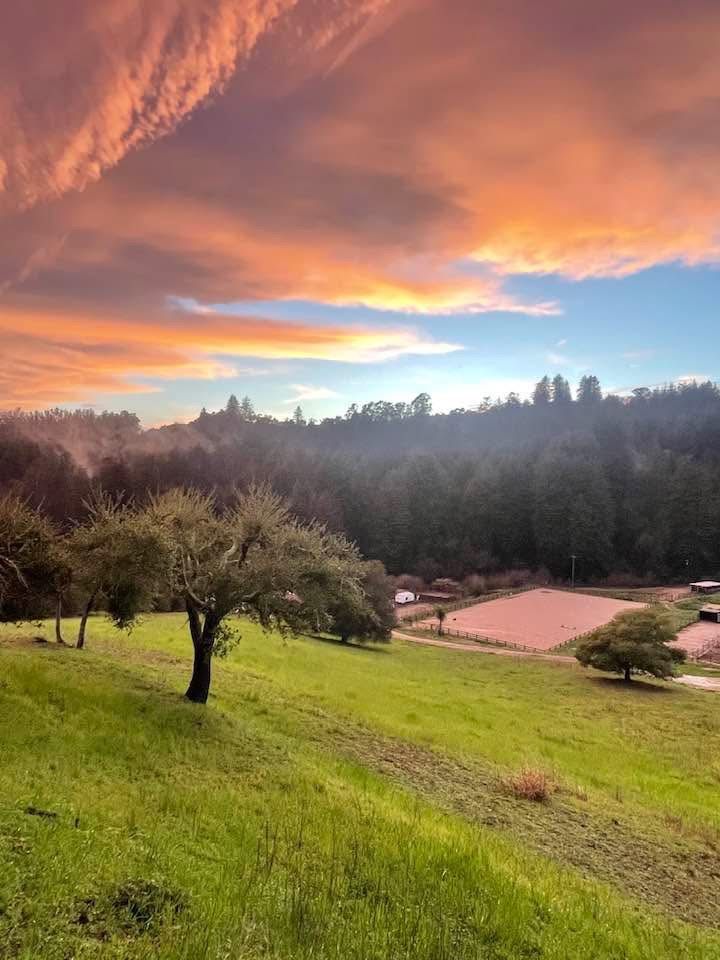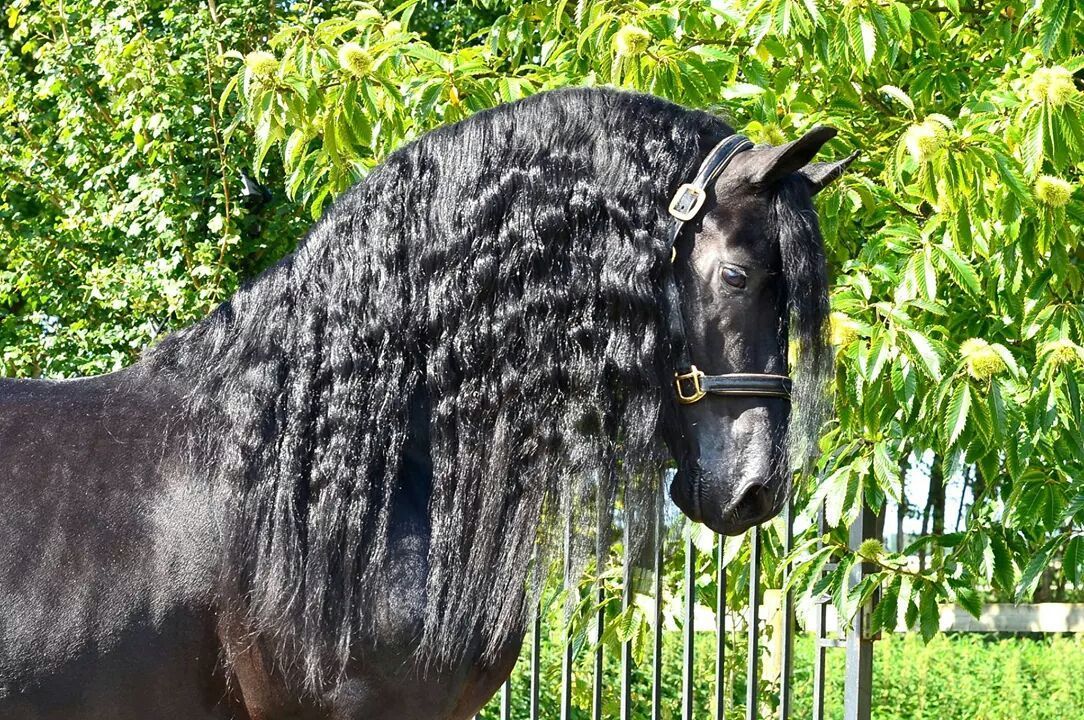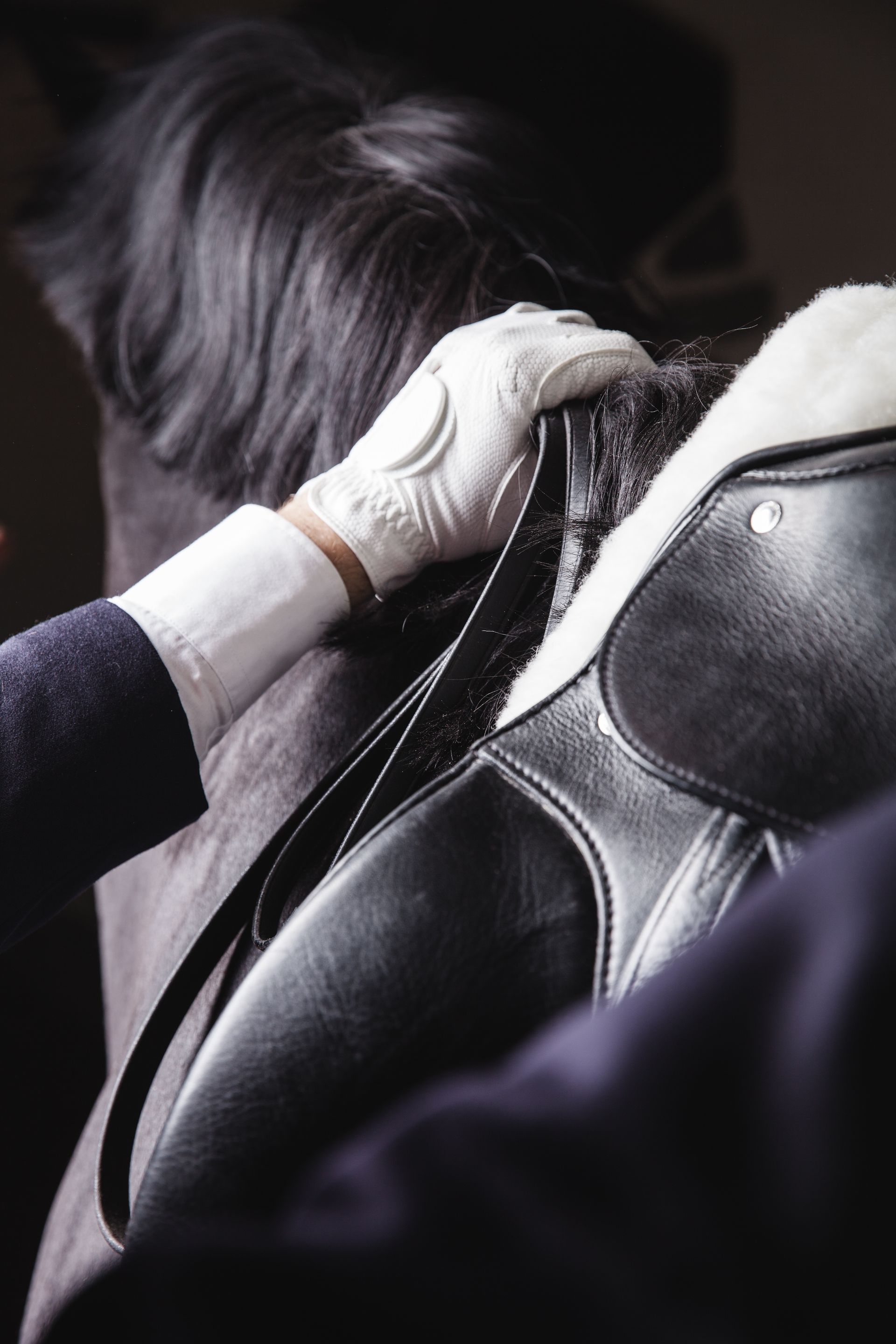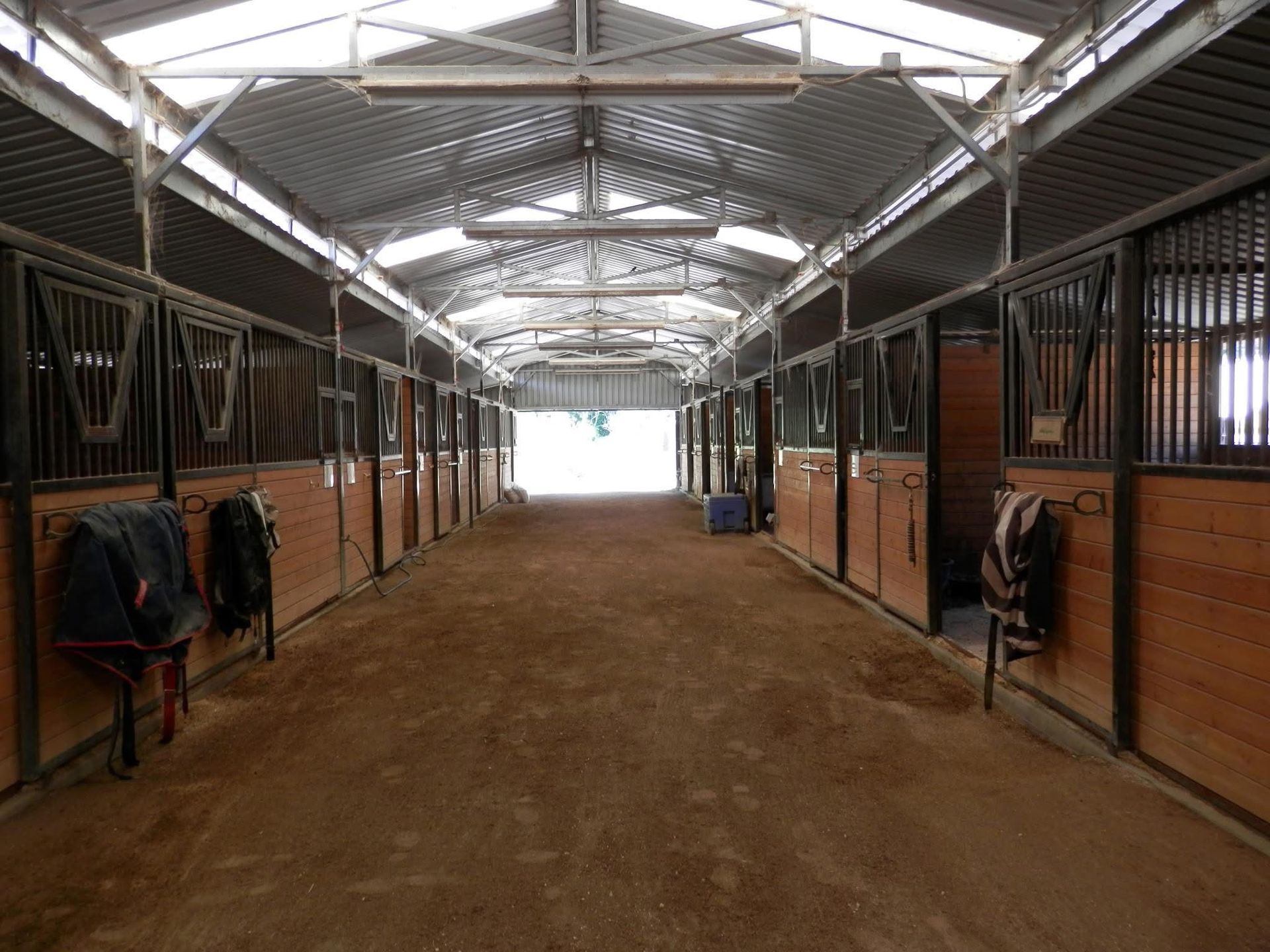My Time With Tom Dorrance

My Time With Tom Dorrance
By Kimberly Ramirez

Tom Dorrance
(May 11, 1910 – June 11, 2003)
Tom and his brother Bill are considered among the founders of the modern natural horsemanship movement. Born and raised on an Oregon cattle ranch with a background in the Great Basin "Buckaroo" tradition, they promoted natural, gentle methods of horse training, emphasizing "feel" of the horse and observation of its responses to the handler.
The Dorrance brothers' influence travelled widely throughout the United States, particularly amongst cattlemen and cowboys who worked with horses every day. Having a relationship to their horses was far more important than winning awards or accolades in the show ring, and so horsemanship, the relationship between equine and human, was more important than the colour of their ribbon. It has often been said that the Dorrances could see what a horse was thinking before the horse even thought it.
"Tom imprinted something into me—into my bones, into my conscience—a quiet, steady way of being with horses."
Before I ever met Tom Dorrance, I was already chasing something I couldn’t name.
I was the youngest of four daughters in a loud, chaotic household. There was always movement, always noise, always someone needing something. It was easy to get lost in the mix. From an early age, I found refuge in animals. They were my sanctuary—the one place I felt heard, even without speaking. Horses, especially, offered me a sense of peace I couldn’t find anywhere else. My father, who always believed in my spirit, bought me my very first horse, and everything changed after that.
What I did have was a childhood spent in the mountains—riding endurance horses across the western United States. A local endurance family had taken me under their wing, and I rode for miles through rugged terrain, learning about balance, stamina, and most importantly, trust. Out there, there was no one to give me step-by-step instruction. It was a sink-or-swim education built on instinct, survival, and a partnership with the horse that was entirely earned. Those early years forged a bond between me and the horse that no formal education could replicate.
By my late teens, I had begun rehoming off-track Thoroughbreds and teaching lessons, working with whatever horses came my way. I had no business calling myself a colt-starter yet, but I didn’t know that then. When I was offered a two-year-old Thoroughbred filly with absolutely no handling, I said yes—believing that my heart and experience would be enough. I pulled into the ranch to pick her up and was met with five ranch hands roping her head, legs, and neck, trying to wrestle her toward my trailer. The scene was chaotic, panicked, and heartbreaking. She was soaked in sweat, thrashing in fear, and I was flooded with emotion—sadness, compassion, fear. But I couldn’t leave her.
The hour-and-a-half drive home was brutal. The filly squealed, kicked, and slammed herself into the sides of the trailer with every mile. I could feel her panic through the floorboards. I drove in silence, gripping the wheel, hoping I hadn’t made the biggest mistake of my life. When we arrived, I opened the trailer door and let her into a paddock. She was still shaking. So was I. I hoped that in the days to come, I might earn her trust enough to get a halter on her.
A friend had told me about a Ray Hunt colt-starting clinic in Carmel Valley. At the time, I didn’t know how big a deal that was. All I knew was I needed help. I loaded the filly again—still barely touchable—and made the trip.
When we arrived, she was screaming in the trailer, striking, pawing, shaking. I was already exhausted, already overwhelmed. There were seasoned horsemen everywhere, and I felt entirely out of place. Then Ray opened the clinic with a warning: “If you don’t have the mileage or the experience, you probably shouldn’t be starting colts. You should either go home or sit in the stands.” I knew he was talking to me.
But I stayed.
When I opened the trailer and clipped the lead rope, the filly exploded out the back. She was rearing, pawing, bolting—just trying to escape the pressure of it all. I was doing everything I could to stay upright and hold on.
That’s when I saw him.
A small, older man, walking toward me calmly and kindly. He moved like the volume of the world had just been turned down. He moved like still water—quiet, calm, utterly present. Without judgment, he offered, “Would you like me to take her for a moment?”
I was relieved and worried all at once. What I saw next changed me forever.
He didn’t overpower her. He didn’t flinch. He simply met her where she was. In moments, her energy shifted. She stopped looking outward and began to ask questions. She started to follow. She understood him. And in that moment, I understood something too. I was just like that filly—anxious, unsure, doing my best not to fall apart.
That man that met that filly right where she was and understood her was Tom Dorrance.
In those moments, I felt just like that filly—uncertain, ungrounded, filled with anticipation that something bad was about to happen. And Tom comforted me the same way he comforted her. Calm. Direct. Compassionate. He stayed with me the entire clinic—not holding my hand, but holding space. He saw something in me I didn’t yet know was there. And he let me stay. He let me make mistakes. He let me struggle. But he stayed nearby. Observing. Protecting. Teaching without teaching. He knew I had to learn it myself. I didn’t know it then, but he was crafting something quietly transformative—between me and the filly, and within me as a horsewoman.
I remember being in the round pen, just a halter and lead rope, trying to find the right moment to mount. My heart was pounding. I swung a leg over—too fast and too soon—and the filly panicked. I was on the ground before I even understood what happened.
Tom walked over, calm as ever, and said, “She wasn’t quite ready yet. Let’s try again.”
And we did.
"Tom imprinted something into me—into my bones, into my conscience. A quiet, steady way of being with horses. He never told me what to do. He let me feel it."
After that first colt-starting clinic, something in me had been forever altered. I had spent five days—eight to ten hours each day—absorbing everything I could. Whether I was watching Tom help others or quietly working with me in the background, I was being inducted into something sacred.
For five days, I worked with that filly, and Tom worked with both of us. He was crafting something—he knew we were learning together. He was letting us succeed in a way that neither of us could have done alone. And at the end of that week, he signed his book True Unity and handed it to me, along with his phone number and his address. He gave me a hug—the kind that says: “I see you.” And he told me that if I ever wanted to come down to the Merced Horsemen’s Grounds, I’d be welcome. Just give him a call.
So I did.
I would trailer down or drive and stay in local motel just to be near that energy again. At the Horsemen’s Grounds, they’d just installed a new giant metal gate that lifted when you drove in. I don’t remember the year, but I remember that moment. I remember how small I felt and how vast the path ahead of me seemed.
I remember sitting on the rails, surrounded by a handful of young men, and feeling oddly at home. I didn’t realize then how unusual it was to be a young woman in that space. Maybe it was because my father raised me to believe there was no such thing as “for boys only.” I was never told I couldn’t.
And no one ever made me feel like I didn’t belong—not Tom, not the men working under him. There was no ego, no posturing, no intimidation. That kind of space is rare. It still is.
This is why I hesitate when people ask about my time with Tom. I don’t ever want to claim more than I should. I wasn’t “trained by Tom Dorrance,” and I’m not one of his prodigies. But I was there. I was there starting colts with Tom. I was there and listened to his words. I was there and made mistakes. And I was there and soaked in every moment I could. He just kept letting me come. And in his own way, he kept showing me how to listen better—not just to horses, but to myself.
He treated me with kindness and quiet generosity, as though he knew I was carrying it forward even before I did.
Tom imprinted something into me—into my bones, into my conscience. A quiet, steady way of being with horses. A knowing that real communication happens beneath the noise. He never told me what to do. He let me feel it. And he never stopped me from learning, even when it meant I had to fall off a wild filly and pick myself up again.
Over the next forty years, I’d make every mistake a horsewoman can make—probably a thousand times over. But I always tried to do no harm. I always asked myself: "What would Tom say?" And little by little, the lessons he gave me soaked in and began to bloom. I’d be working with a horse and suddenly feel a thread of understanding—a quiet "aha" moment. That’s what he meant.
Now, as I teach, train, and help rehabilitate horses and riders, I carry the time I spent learning from Tom with me. I don’t want to just share my knowledge—I want to offer that same kind of haven I was given. Because horses don’t just challenge us physically—they call us into our hearts. This path can be isolating, full of self-doubt, fear, and worry.
But it can also be the most beautiful evolution of self.
Tom Dorrance gave me the first tools to begin that journey. And it’s my greatest hope that, in my work, I can offer others a moment of that same clarity and peace. The kind that starts quietly, in a round pen, between a horse and a girl who didn’t yet know how deeply she was about to fall in love with the truth.






